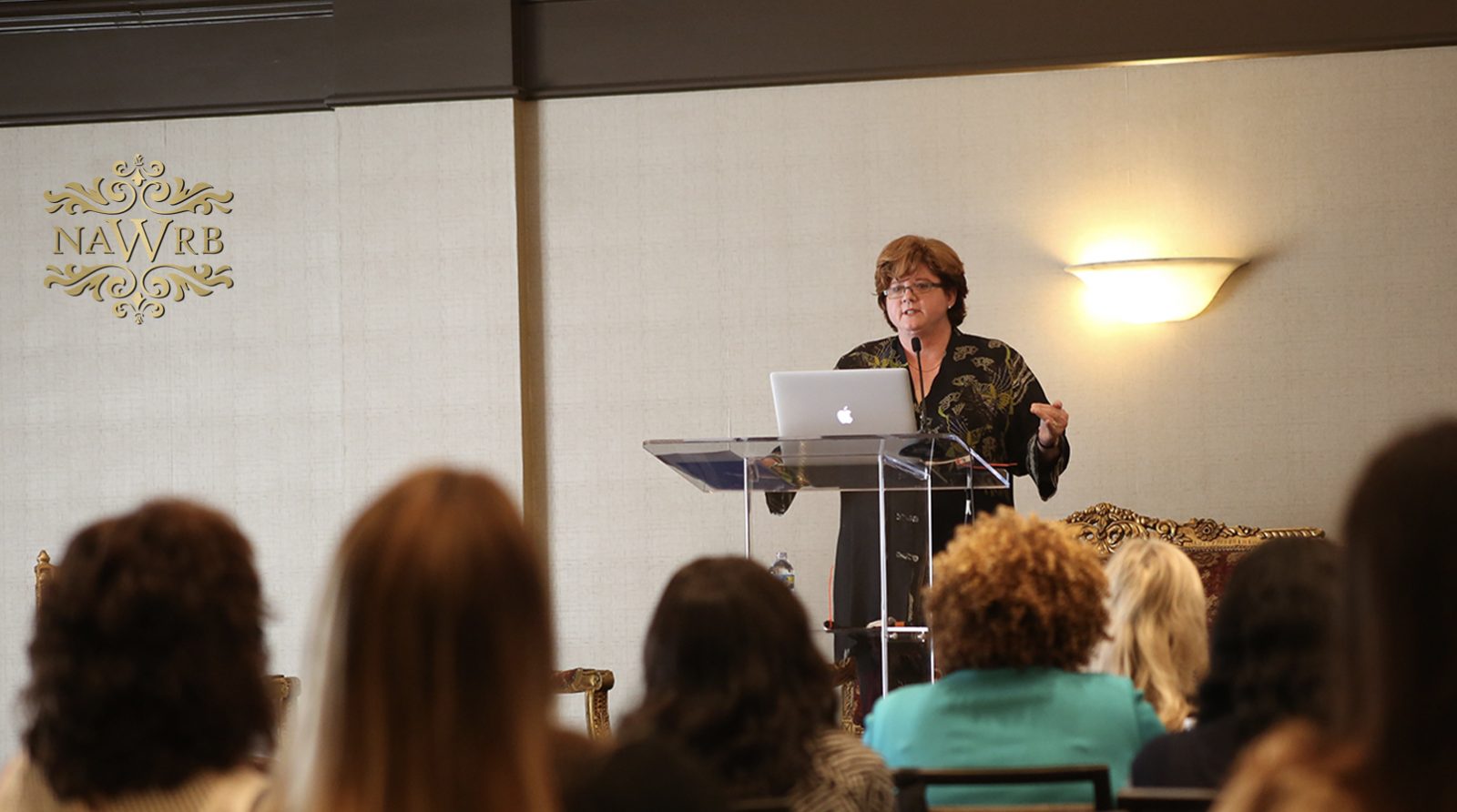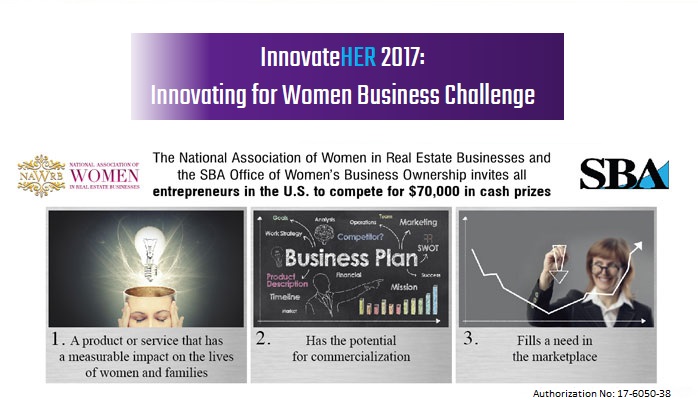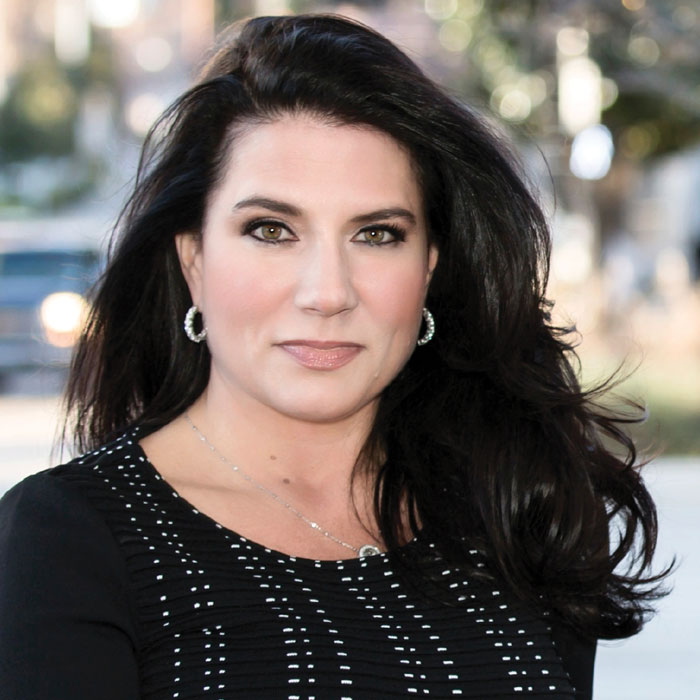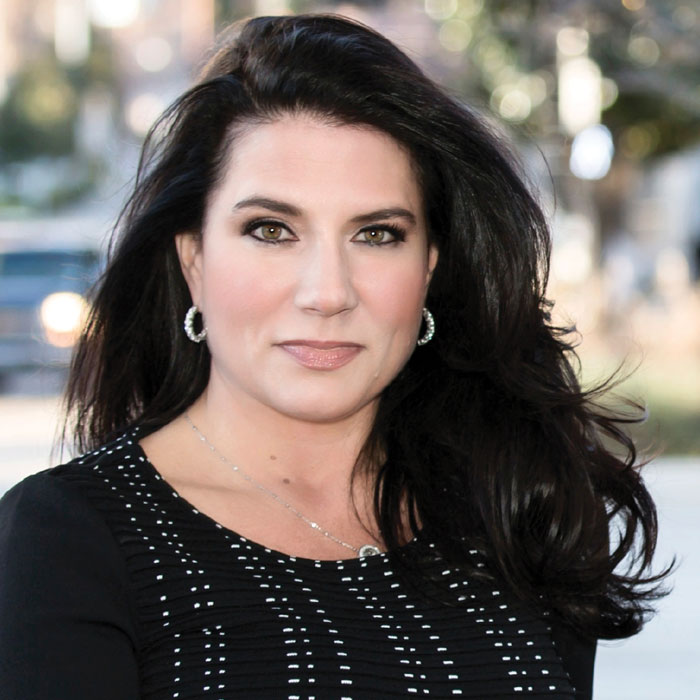You know when you lack sleep. You might feel a bit disoriented, crave sugar, and start noticing random details around the room instead of focusing on what you wanted to do. Unfortunately, as a full-time, bootstrapping female entrepreneur this scenario is far too familiar.
Being a great entrepreneur takes effort, dedication and persistence, and it comes at a cost. In our efforts to develop and grow, we often stretch ourselves too thin. When we say yes to everything, we utilize time that would have otherwise been used to explore projects and opportunities that are more in alignment with our personal visions. At the end of the day we’re left to figure out how to balance work with life and self-care.
Sometimes you can’t reach that goal even if you do everything to manage your resources. However, creativity holds the power to help achieve your milestones by marinating in them. How can you be more creative?
When we ask this question, we are often asking how to be creative with ease. We want the results without the hard work. At times, when we don’t see immediate results, we are instantly crushed. Even though we know certain things will take a bit more effort and dedication, when we are used to ordering food, cars, lodging and dry cleaning with a click of a button, we unconsciously want things more instantly and perfectly.
It’s the same when we are creating something. As entrepreneurs, we know that every form of action is an act of creation. Whether it’s creating a new product that will revolutionize your industry or creating a new advertisement to market your message in a new way, we are always wearing our creative hat. What makes a difference between a thriving creative leader and a mediocre one is how they decide to interpret and utilize their creative strengths.
Thriving creative leaders are not just great with ideation; they know how to find connections in unassuming places, recognize opportunities in the most devastating moments, and thrive with limited resources. They let their imagination take their vision to a whole new level because they see things with an abundance mindset with patient persistence.
And yes, at times that means they may be working late hours and lack sleep, but they are using every insight and experience to learn, connect and create. This is a really important reminder for entrepreneurs, and especially for female entrepreneurs who often lack the resources, support and funding opportunities male founders have and believe that is the reason for our failure or delay in success. I know this may sound contradictory but lack of resources can be the key source to your growth, as long as you have the abundance creative mindset.
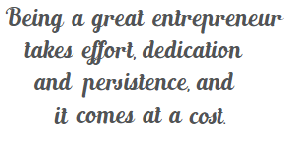
There are tools and strategies to be creative but they only scratch the surface. You have to do the work to learn what makes you creative and, most importantly, why you want to be creative. Why do you want to do this business? Why should others care? You have to dig deeper and reflect to understand your creative drive. Without fully understanding why you have a drive to do what you do and why you love doing what you do, you are half blind in your journey. When you understand your drive, not only do you understand what causes your excitement, you also understand what pushes you away from mediocrity. When you understand your drive, you understand why every form of creation and action you are taking is making a difference in building the bigger goal you want to fulfill.
When was the last time that you truly pushed yourself and asked why you are doing what you do? Have you truly been giving your 100 percent? If you’re not, why not?
Stop using the need for perfect balance as an excuse to not fully dive into your potential. When you recognize every piece of your experience is a puzzle piece that will help fill the gaps then you stop worrying so much about
balancing; rather, you focus on how the pieces all fit together to reach the goal. In cooking, marrying the flavors and spices is important. Sometimes you need equal amounts of two ingredients, sometimes a little less of one and more of another, sometimes even replacing an ingredient with something different.
At times you may lack sleep, the funding or the network to reach where you want to go, but you shouldn’t see that as something that’s stopping you from reaching your dreams. Take a step back to see how it all connects and can help you get to the next goal. You may be surprised at what you find.
The truth is, you already have the creative drive. You just need the courage and patience to recognize the diamond in the rough.
Monica Kang
Founder and CEO
InnovatorsBox

 Login
Login




















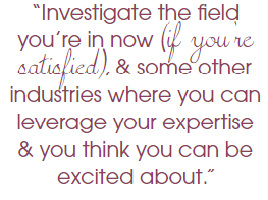
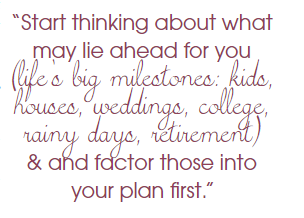
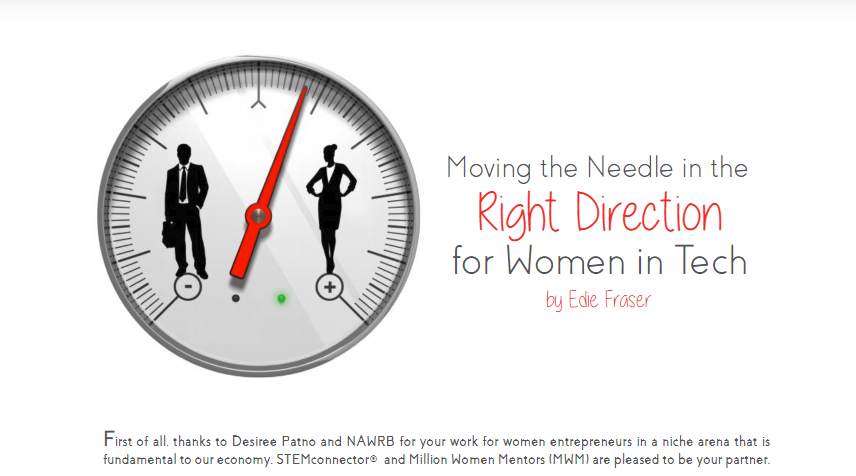
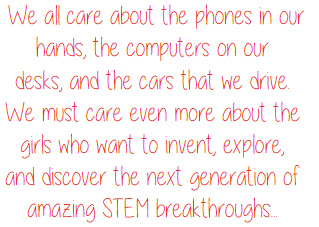
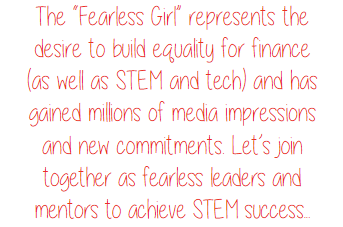


 Recently, the National Association of REALTORS® (NAR) reported that the highest home buying demand in years is being stifled by tight inventory. In this article, I will demonstrate how you can increase your available inventory by embracing homes in need of renovation.
Recently, the National Association of REALTORS® (NAR) reported that the highest home buying demand in years is being stifled by tight inventory. In this article, I will demonstrate how you can increase your available inventory by embracing homes in need of renovation.